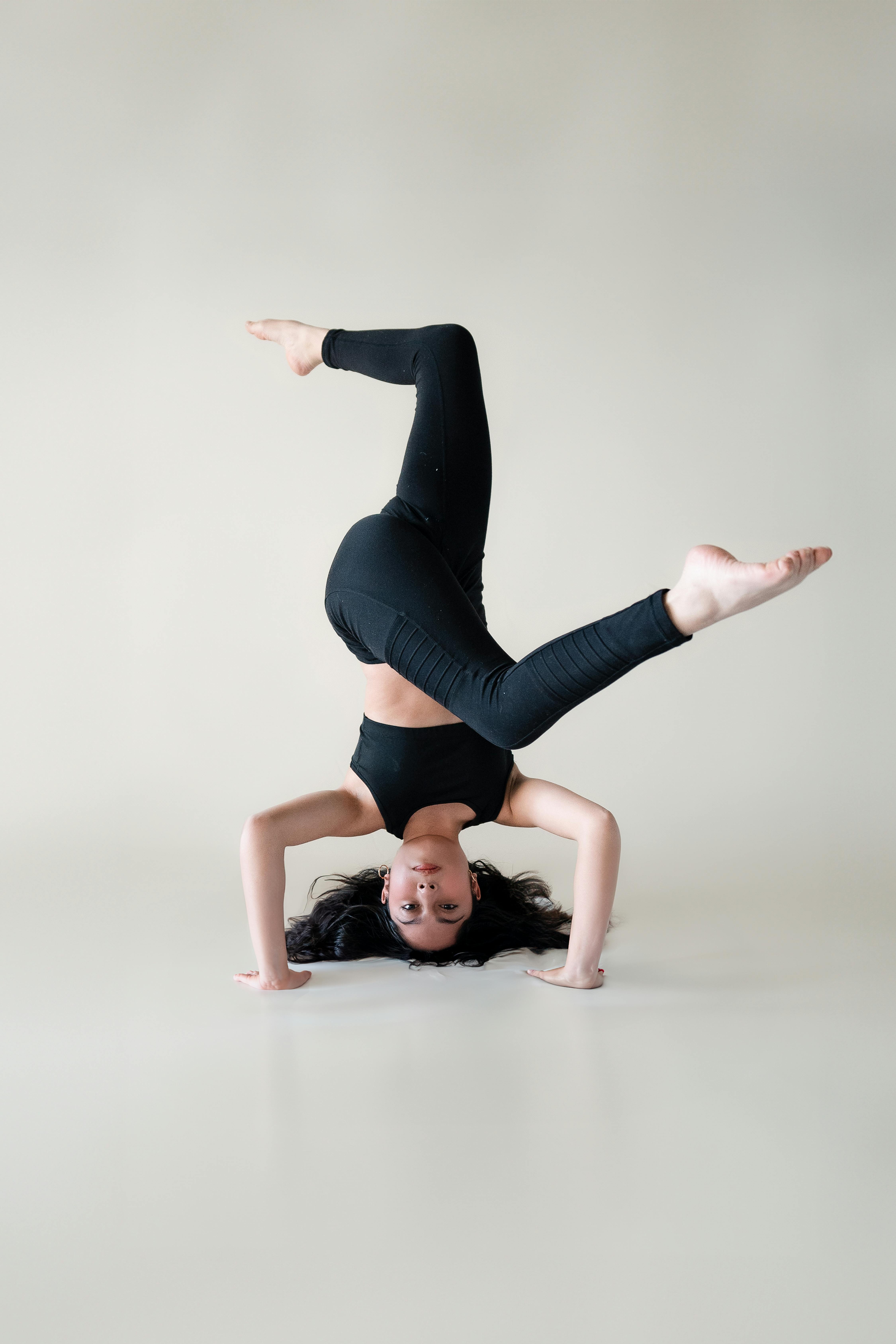Unlocking Your Fitness Potential: The Importance of Mobility in Training
By Jack | November 27, 2024
Mobility is the foundation upon which all physical activity is built. It refers to the ability to move freely and easily, which is essential for overall physical health, athletic performance, and daily living. For gym-goers and personal trainers alike, understanding and prioritizing mobility can pave the way for improved strength training, flexibility, and ultimately, better results in fitness journeys.
One common misconception about mobility is that it only pertains to yoga or stretching sessions. However, mobility is an integral part of every workout routine. It plays a critical role in functional movements like squatting, lunging, and pushing, which are foundational to building strength. By improving mobility, individuals can perform these movements with better form, decreasing the risk of injuries and enhancing the effectiveness of their workouts.
For personal trainers seeking to boost their clients' performance, incorporating mobility work into training sessions can yield significant benefits. Simple assessments, such as the overhead squat test or the toe touch test, can help identify areas that need improvement. A mobility assessment not only sets the stage for personalized adjustments to a client’s program but also helps clients understand their body better, leading to greater buy-in and compliance.
To effectively enhance mobility, here are some practical tips:
- Dynamic Warm-ups: Prior to a workout, engage in dynamic stretching routines that mimic the movements you'll perform during your session. For example, leg swings and arm circles help warm up the joints and improve their range of motion.
- Foam Rolling: Utilizing a foam roller can alleviate muscle tightness and increase blood flow to areas that are often stiff or tense. Regular foam rolling can complement mobility work significantly.
- Targeted Mobility Drills: Incorporate specific mobility exercises for areas often neglected, such as the hips, shoulders, and spine. Exercises like hip openers, thoracic spine rotations, and ankle mobility drills can enhance joint function.
- Cooldown with Static Stretching: After workouts, dedicate time to static stretching. This practice helps maintain flexibility and muscle elasticity after training.
One challenge many face with mobility training is the misconception that it requires long durations or complex routines. In reality, mobility drills can be integrated seamlessly into warm-ups or cooldowns and need only a few minutes to be effective. It's about consistency rather than duration. Setting aside just 5-10 minutes before and after each workout can result in significant improvements over time.
There are countless anecdotal examples of individuals who have witnessed transformative changes by prioritizing mobility work. Athletes who have suffered from chronic injuries often discover that incorporating mobility drills has allowed them to regain their previous performance levels. For gym-goers, improvements in mobility have translated to better movement patterns, heavier lifts, and more enjoyable workouts.
In essence, mobility strengthens the mind-body connection essential for all fitness levels. Trainers who emphasize mobility can help their clients gain awareness of their physical capabilities and restrictions, transforming workouts from mere physical exertion into mindful practices.
In conclusion, mobility is not merely an add-on to your training; it is a central component that allows individuals to move more effectively and efficiently. By prioritizing mobility, you not only enhance your workout experience but also protect your body from injury and improve overall performance. Take action today: assess your mobility, implement specific drills into your routine, and watch as it unlocks your full fitness potential.

Jack
Jack is a dedicated personal trainer with a passion for helping clients reach their fitness goals. With a focus on personalized training plans, Jack combines strength training, cardio, and nutrition guidance to ensure lasting results. His motivating and supportive approach makes fitness accessible for everyone, from beginners to seasoned athletes. Whether you're looking to build muscle, lose weight, or improve overall health, Jack is committed to guiding you every step of the way.
